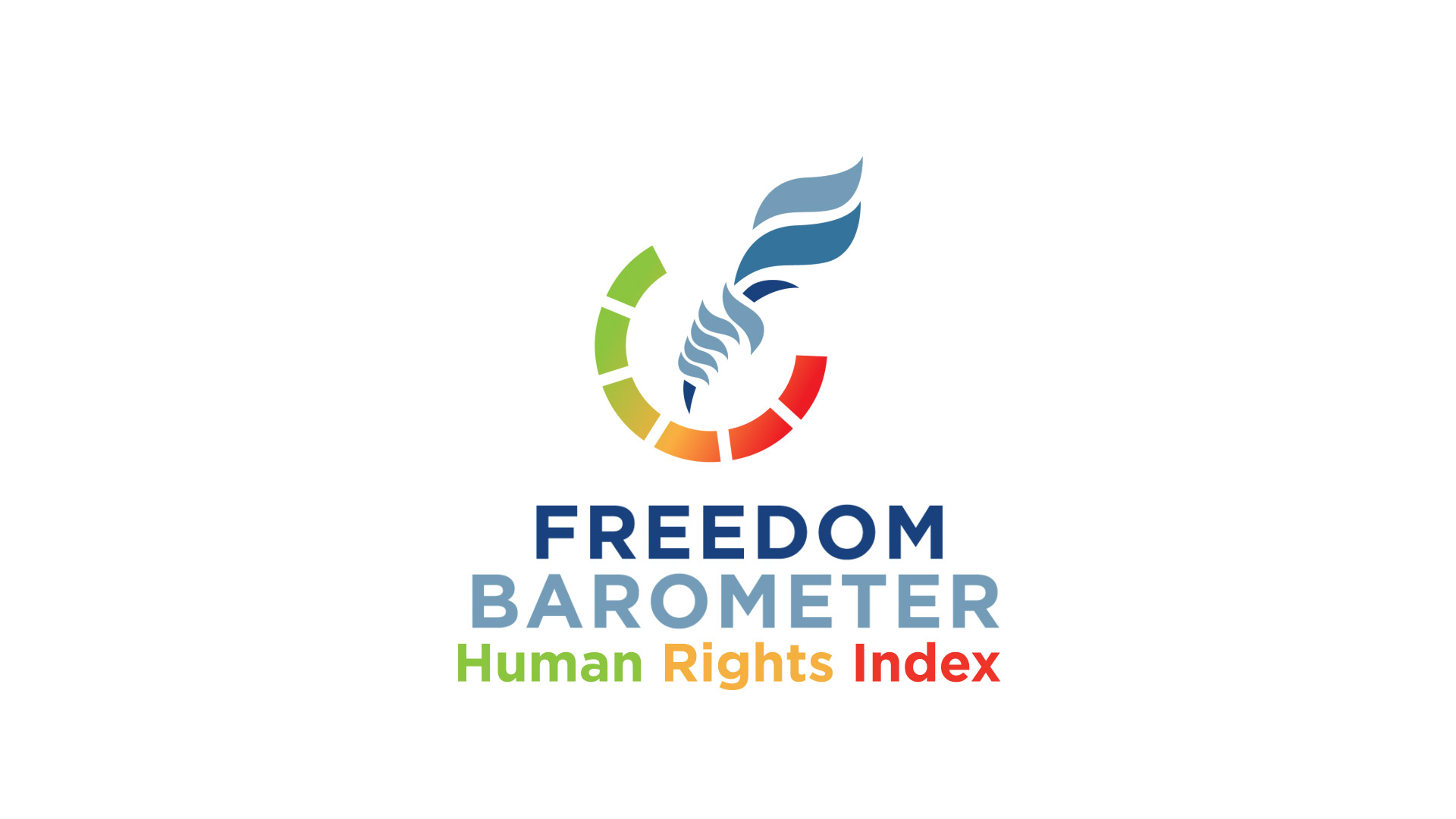Release of the Human Rights Index

The Human Rights Index (HRI) is a newly developed tool tailored to assess the situation in Europe and Eurasia and quantify the level of protection of human rights. It treats human rights mainly from the perspective of the classical liberal concept of “negative freedom”. It offers means of comparison between 45 countries and encourages their governments and civil society to improve human rights as an inseparable part of the rule of law and human freedom in general. In HRI, human rights are divided in four main categories: safety and security, access to education, tolerance and inclusion, and personal freedom.
Download HRI
Download the full publication of HRI with an analysis of human rights from a liberal perspective, methodology explanation, country rankings and scorecards, and more.
-
Download the Human Rights Index 2018 now.
HRI has compiled data from 2010 – 2018 for almost all European and Central Asian countries: only Belarus, Kosovo, Kazakhstan, Uzbekistan and Turkmenistan remain non-scored, due to data limitations.
Learn more about the new index by the motiongraphics animation below.
Human Rights Index Motiongraphics
Correlations with other aspects of human well-being in those countries are analyzed, whereby the found coefficients support the idea that HRI measures human rights relatively well: the key founding is that the countries that are more affluent, that have established a decent level of rule of law, that have effective public administration, low level of corruption, strong political freedoms and democratic institutions, tend to have higher level of human rights protection than those which do not.
Human Rights Index is a part of the Freedom Barometer project, implemented by a team of experts gathered by the Regional Office for East and Southeast Europe of the Friedrich Naumann Foundation for Freedom. HRI is used to calculate part of the rule of law category in the Freedom Barometer Index.